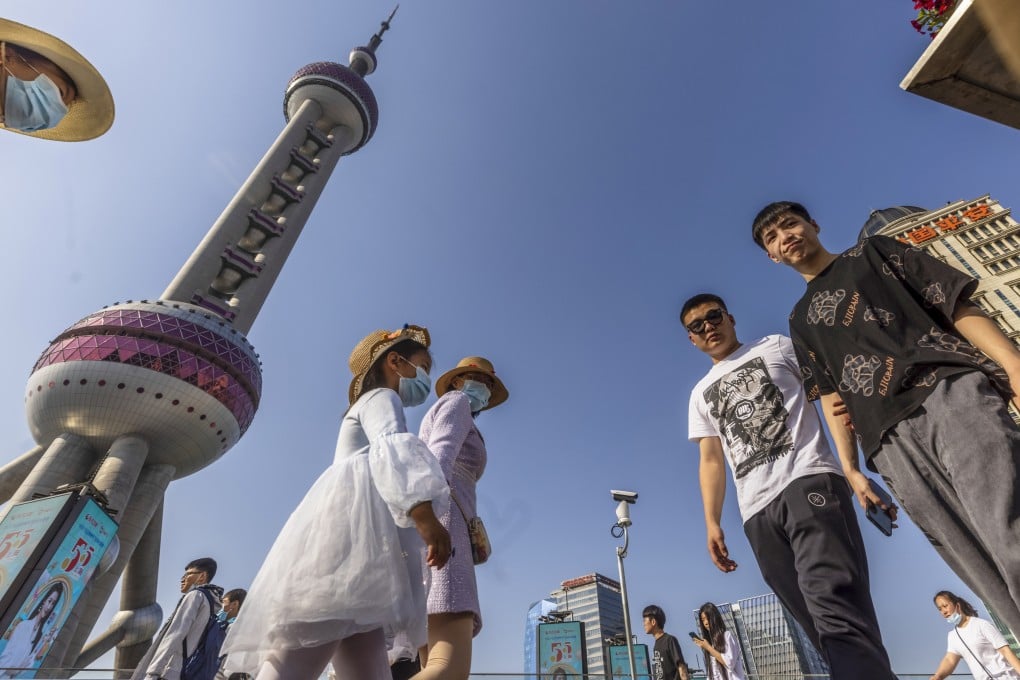Can rich China regions embrace a Greater Shanghai Metropolitan Area, or is it a bridge too far?
- Ambitious plan, months in the works and still being drafted, involves 14 cities around Yangtze River Delta, and ‘heated debate’ reflects daunting undertaking

A master plan to better link an affluent and innovative city cluster in China’s Yangtze River Delta (YRD) is in the making, as Beijing is pinning high hopes on coastal economic powerhouse cities to stabilise and shore up economic growth amid headwinds at home and abroad.
The newly proposed blueprint, outlining what has been dubbed a Greater Shanghai Metropolitan Area, brings together representatives from Shanghai and 13 cities in the nearby provinces of Zhejiang, Jiangsu and Anhui to expedite the formation of a regional megalopolis that could increase the mobility and flow of resources and ultimately shore up the national economy.
“This master plan being worked out will further stipulate that Shanghai is the core of the YRD, and that it will lead other key cities in the delta region. The YRD concept could be replaced by the Greater Shanghai Metropolitan Area to further cement Shanghai’s status for it to contribute more to the Chinese economy,” a professor of economics with Shanghai Fudan University told the Post, speaking on condition of anonymity.
The plan was unveiled last week in a news article from the Shanghai-based Jiefang Daily that was posted to the official government website and pitched as China’s first “interprovincial, metropolitan-area land and space plan”.
And if it comes to fruition, the ambitious undertaking could theoretically slash commute times between Shanghai and all of the 13 regional cities to as little as 30 minutes and as much as 90 minutes. Currently, a high-speed train from Shanghai to Anhui’s Xuancheng, the farthest city from Shanghai in the grouping, takes about 3.5 hours. Other key plans include interconnected infrastructure and industrial development coordination.
Apart from traditionally affluent and innovative centres such as Suzhou, Hangzhou, Ningbo and Wuxi, which are among China’s top-15 cities in terms of gross domestic product, the list also includes lower-tier cities such as Jiangsu’ Nantong, Zhejiang’s Zhoushan, and Xuancheng.